|
It may be cold outside, but don’t forget to take the proper precautions when cooling foods – particularly if you’re making winter soups or large quantities of other items to be refrigerated or freezed and served later. To keep foods out of the temperature danger zone (between 40°F and 140°F, where bacteria grow most rapidly), you don’t want to leave food unrefrigerated for more than two hours. On the flip side, refrigerating a hot food prematurely can also compromise the cooling of other foods in your refrigerator. To expedite the cooling of foods prior to refrigeration, try storing them in shallow containers – ideally stainless steel, which transfers heat away from foods more quickly; placing the food in an ice-water bath and stirring it frequently; using an ice paddle to distribute cold through a food; or storing it, loosely covered, in cold-holding equipment to help cool the food down.
While more frequent handwashing and use of alcohol-based sanitizers may be keeping bacteria at bay in your restaurant, they may also wreak havoc on skin during the winter months. Dry, cracked, itchy, flaky or even bleeding skin can result – and increase the risk of infection. While washing with lukewarm water and using moisturizers can help, the use of ointments or creams isn’t practical when preparing food. Encourage your staff to take extra care of their skin when they are away from work. The American Academy of Dermatology Association advises moisturizing immediately after washing hands and using a squeezable, fragrance-free, mineral oil- or petrolatum-based cream or ointment. Doing so is especially important after applying alcohol-based sanitizers, which can be more drying for skin.
When one of your employees is sick, do they feel there will be negative consequences if they report it to you? To be sure, restaurants are shouldering existential challenges right now and need to be able to rely on their teams. But make sure you prioritize safety – even if it means being temporarily short-staffed. The Centers for Disease Control have been emphasizing employee self-reporting of symptoms during the pandemic – and encouraging transparency with your team may help you avoid a larger safety problem. You can help by keeping up with daily health screenings for all employees, along with regular training to reinforce that you value the safety of your people and want everyone to be healthy – but won’t take punitive action if they aren’t.
Cleaning, sanitizing and disinfecting have taken on new importance in restaurants – and have even become a selling point in the past year. At a time when we’re battling the spread of not only COVID-19 but also seasonal viruses, make sure your team isn’t cutting corners on keeping your restaurant safe. The National Restaurant Association advises restaurants take a five-step approach: First, remove any crumbs and spills with an absorbent, disposable towel or cloth. Then, with a new disposable wipe, use a surface-safe cleaning solution to dissolve any residue. Next, rinse the surface with water (the presence of leftover cleaning chemicals will prevent the sanitizer from working). Sanitizing is the critical next step in preventing the spread of bacteria and viruses – and restaurants often use a quaternary- or chlorine-based sanitizer for the job, along with a foodservice wipe (using a disposable one will prolong the life of the solution). Finally, allow time for air drying. Sanitizers generally need 60 seconds of contact to kill germs on the surface. Allowing a few extra seconds of drying time can make a difference to your safety. Knowing how often to clean and sanitize is important too: StateFoodSafety.com advises cleaning and sanitizing equipment and food contact surfaces after handling meat, after changing the food being prepared, after four hours of constant use and after taking a break.
It’s that time of year again when hand cleanliness becomes even more important – and that would be true even if we weren’t in a pandemic. While there may be more hand sanitizer and disposable gloves around your facility right now, don’t let them lull your team into a false sense of security. They work best in combination with handwashing, so think of handwashing as a lead actor and sanitizer and gloves as supporting characters, elevating the safety of already-washed hands. The Centers for Disease Control advise that proper handwashing requires these five steps: Wet hands with clean, running water; apply soap and lather hands on both sides, between fingers and under nails; scrub for at least 20 seconds; rinse hands well under clean, running water; and dry hands on a clean towel. Add sanitizer for extra protection after handwashing – not in place of it. Change and dispose of gloves between key prep tasks, like handling meat and chopping vegetables, and wash and dry hands thoroughly in between.
Are your customers always right? Of course not. But for decades, many restaurant operators have behaved this way, aiming to accommodate anything customers request or demand (and sometimes taking abuse in the process). Many customers have adopted the expectation that this is okay. But the pandemic may spur a change in thinking. Right now, your ability to operate safely and continuously, retain your employees, minimize staff illness and prevent the spread of the virus requires firm boundaries. What lines are you unwilling to cross for customers? Consider how you would respond to everything from lapse in social distancing in your dining room to a tantrum from an unmasked customer. Be clear about your policy with employees, provide language to help them handle a difficult situation professionally, and back up your team as needed. (This applies to abuse you receive from customers online too.)
At a time when off-premise sales are essential to the survival of so many foodservice businesses, a restaurant’s health and safety practices need to carry over onto the road. Ensure your delivery drivers wear masks at pick-up and drop-off, provide hand sanitizer at delivery pick-up points and ask drivers to use it before handling an order. Check to make sure delivery hot bags and vehicles are cleaned regularly. To protect food on the road, place cold and hot foods in separate bags, use tamper-proof packaging, and ensure each food item is in a container that keeps an item at its intended temperature as well as possible. Delivery drop-offs should continue to be zero-contact. Finally, assure your customers that their food is being delivered by people who value their safety. On social media, share photos of the precautions you are taking to protect an order’s journey between your restaurant and customers.
The adoption of new technology in restaurants used to be all about maximizing efficiency. But in the midst of a pandemic, much restaurant technology turns out to be just as beneficial in protecting the safety of employees and customers. Whether you're considering adopting a cloud-based, decentralized POS system, a new kitchen display system, or simply an ordering app, these resources minimize the number of shared surfaces people must touch. Further, by digitizing communication throughout your business, they eliminate the need for face-to-face interactions with customers and employees alike. No more greasy smudges on order slips passed among team members, drawn-out conversations with guests looking to customize a dish, or extra interactions with kitchen staff about a customer's food allergy. Where are your food safety pain points? Chances are technology can help ease them -- and boost your efficiency in the process.
|
subscribe to our newsletterArchives
April 2024
Categories
All
|

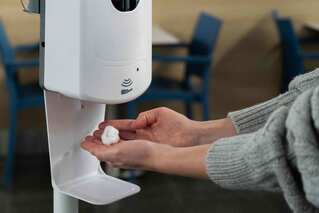


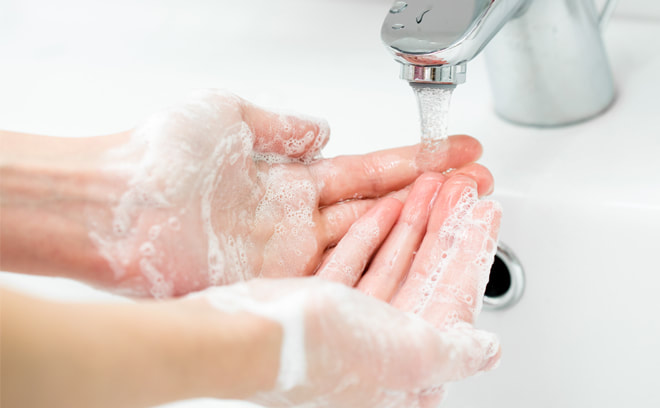
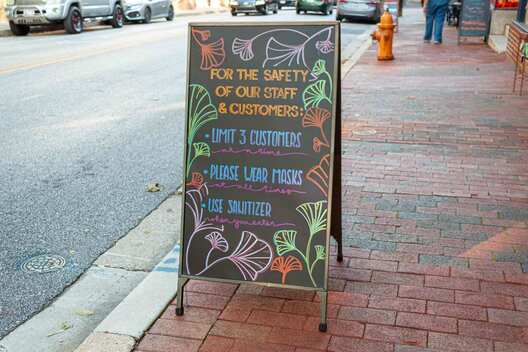

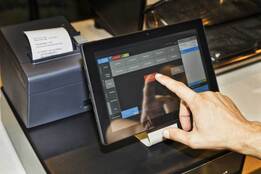


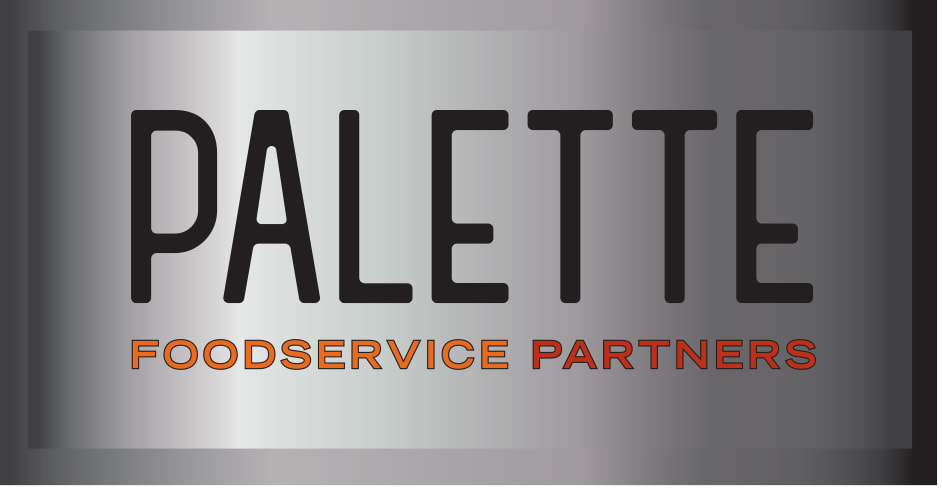
 RSS Feed
RSS Feed